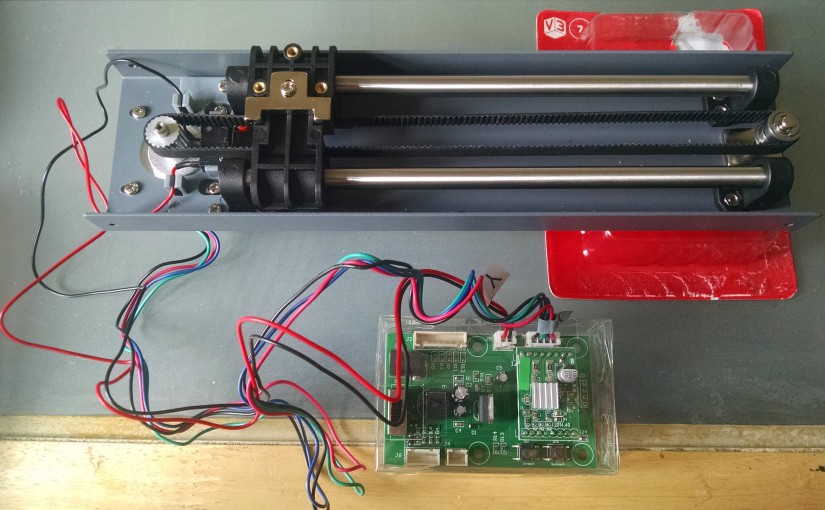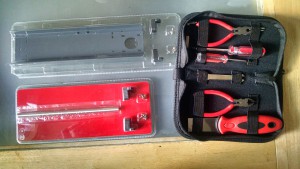Following from building the Y-axis assembly of my 3D printer, this post covers the fitting of the motor and the circuit boards to test, using the pieces in issues 7 to 10 of the 3D Create and Print magazine. It’s a good job that, even though this is a “weekly” magazine, the issues arrive in sets of four as otherwise I imagine it could be very frustrating waiting, not able to add to the printer, until issue 10.
I don’t actually see why this stage was any different to the earlier steps – if the pieces had been delivered in a different order then there would have been no need to wait until the 10th issue before starting. I can only assume that someone may have been tempted to power it all up before it was ready, which is why the motor itself is the last piece from this stage to arrive. Continue reading 3D Printer Part 3: Y-axis motor and testing



